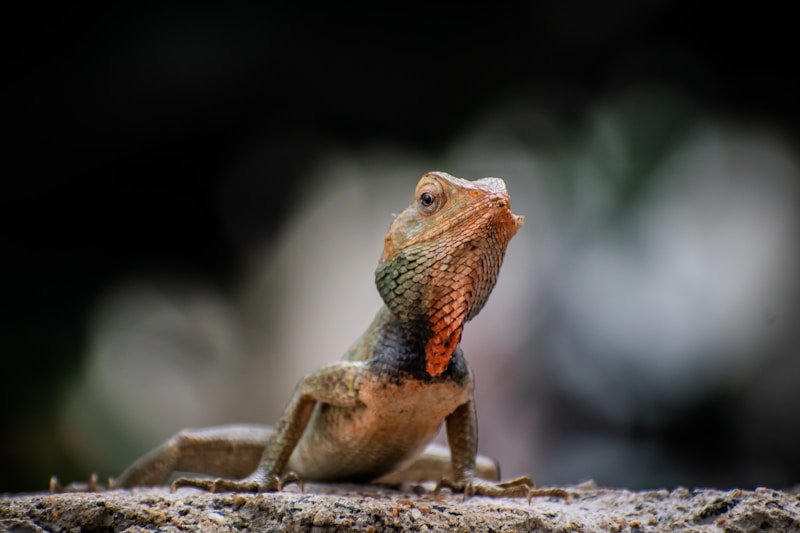Crocodilians, including crocodiles, alligators, caimans, and gharials, are among the most fascinating creatures on Earth. Often called “living dinosaurs,” these ancient reptiles have roamed the planet for over 200 million years. While true dinosaurs went extinct around 66 million years ago, crocodilians survived, evolving into the powerful and stealthy predators we know today. Their prehistoric lineage, combined with unique biological traits, makes them one of the most compelling examples of evolutionary resilience.
Ancient Origins and Evolution
Crocodilians first appeared during the Late Triassic period, predating even the first true dinosaurs. Their early ancestors belonged to a group known as archosaurs, which also included dinosaurs and pterosaurs. Unlike their extinct relatives, crocodilians adapted well to changing environments. Over millions of years, they evolved from small, land-dwelling reptiles into semi-aquatic hunters.
The modern crocodilian family comprises 24 recognized species. Despite some variations, all share a common body structure that has changed very little over the eons. Their flat, elongated bodies, powerful tails, and armored skin are optimized for a life spent both in water and on land. Fossil evidence shows that some prehistoric crocodilians grew over 30 feet long, rivaling the size of large dinosaurs. Although today’s species are generally smaller, they remain apex predators in their habitats.
Unique Physical and Behavioral Adaptations
Crocodilians possess numerous physical and behavioral traits that have helped them endure for millions of years. One of the most significant is their ability to regulate buoyancy and remain almost completely submerged, allowing them to approach prey undetected. Their eyes, ears, and nostrils are positioned on top of their heads, enabling them to sense their surroundings while keeping the rest of their bodies hidden underwater.
Another critical adaptation is their extremely strong bite force. The saltwater crocodile, for example, has the most powerful bite recorded in the animal kingdom—capable of exerting over 3,500 pounds per square inch. Crocodilians also have a “death roll,” a spinning maneuver used to subdue prey or tear it apart.
Behaviorally, these reptiles are far more complex than many people realize. Studies have shown that some species use tools, such as balancing sticks on their heads to lure birds during nesting season. They also display advanced parental care, guarding nests and even helping hatchlings reach the water—behavior uncommon among reptiles.
Modern-Day Habitats and Conservation Status
Crocodilians are found in tropical and subtropical regions across the globe, from the swamps of the southeastern United States to the rivers of Southeast Asia and the Amazon Basin. Each species is uniquely adapted to its environment. For instance, alligators prefer freshwater habitats, while saltwater crocodiles can thrive in both saltwater and freshwater ecosystems.
Despite their fearsome reputation, many crocodilian species face serious threats. Habitat loss, hunting, pollution, and climate change have all taken a toll. Some species, like the Chinese alligator and the Philippine crocodile, are critically endangered, with only a few hundred individuals remaining in the wild.
Conservation efforts have had mixed success. In places like the United States and Australia, strict protection laws and habitat restoration have allowed populations of alligators and saltwater crocodiles to recover. In other regions, lack of resources and political will continue to hinder conservation. Organizations and scientists are working to raise awareness and implement programs that balance human development with the preservation of these ancient reptiles.
Crocodilians in Human Culture and Science
Crocodilians have captured the human imagination for thousands of years. Ancient Egyptians revered crocodiles, even mummifying them as offerings to Sobeks, the crocodile-headed god. In other cultures, they are seen as symbols of power, danger, and survival. Folklore often paints them as cunning or malevolent creatures, further cementing their place in myth and legend.
In modern science, crocodilians offer valuable insights into evolution, physiology, and environmental change. Their robust immune systems are of particular interest to researchers studying potential treatments for infections and diseases. As living links to the distant past, they also help scientists understand more about extinct reptiles, including dinosaurs.
Crocodilians continue to serve as both a symbol of Earth’s ancient past and a warning about the fragility of ecosystems. Their survival through multiple mass extinctions is a testament to their resilience, but their future now depends heavily on human actions.
Crocodilians are much more than just relics of a bygone era. They are highly evolved, intelligent, and ecologically vital animals. Understanding and protecting these living dinosaurs is not just a matter of preserving a species—it’s about honoring a lineage that has endured for hundreds of millions of years.

